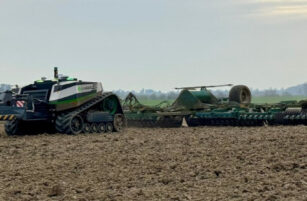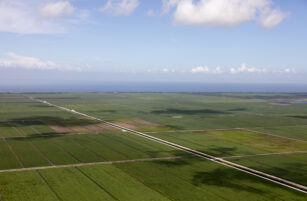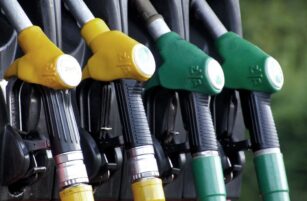Insight Focus
- Cane mills in Centre-South (CS) Brazil can make either sugar or ethanol.
- However, they can only allocate less than half of their sucrose to sugar production.
- Why is the sugar mix not expected to reach 50%?
We have recently written an article discussing the upcoming cane crushing season in Centre-South Brazil, which starts next April. We expect cane yields to improve, leading to 570m tonnes of cane being available for harvesting, a 7% increase on this season. Mills can then allocate this cane towards sugar or ethanol production. Sugar offers better returns than ethanol and we expect mills to maximise sugar production.
Next season, we estimate that 46.4% of the sucrose the mills make will be allocated to sugar production, resulting in the highest sugar output in 3 years at 34.7m tonnes.
Could mills push higher?
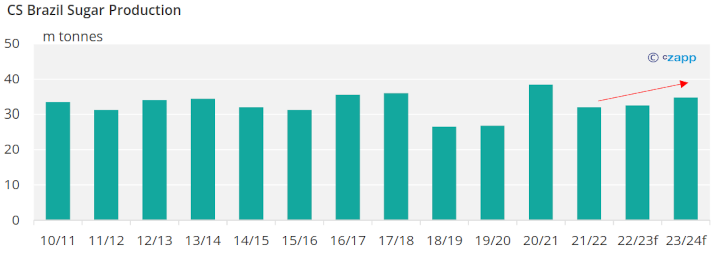
Operational Limits
Sugar production from cane is a combination of cane crushed, sucrose content (ATR) and production mix.

But this equation is not limited to that. There are operational limits to how much sugar can be produced depending on the quality of cane. If the sucrose yield of the cane is too low, the crystallization process becomes difficult and forces a lower sugar mix. This is why cane crushed at the start of the season tends to yield more ethanol and less sugar. As the cane harvest progresses and sucrose becomes more concentrated, the sugar mix tends to rise.
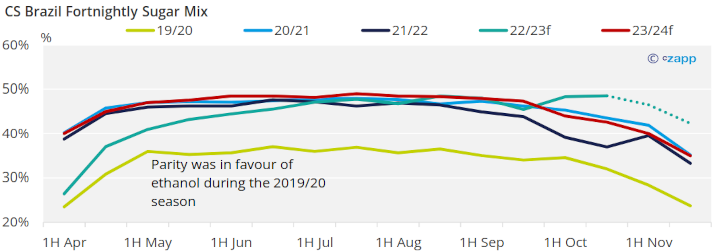
But it can only rise so far. Mills have a limited crystallisation capacity, which we estimate to be around 215k tonnes a day at the peak of the season. Cane crushed beyond this limit must be directed towards ethanol distillation.
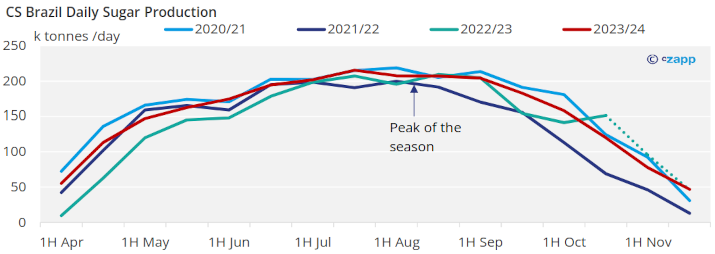
Remember the previous formula? If the cane crush and/or ATR is too high, too much sucrose enters the industry. The mills will either need to slow the pace of cane crushing or reduce the sugar mix:

Based on our current expectations for cane crush, ATR and pace of operations, we expect that 46.4% should be considered the maximum sugar allocation for the 2023/24 season. Even so, sugar production should be at least 6% higher than the previous season.



